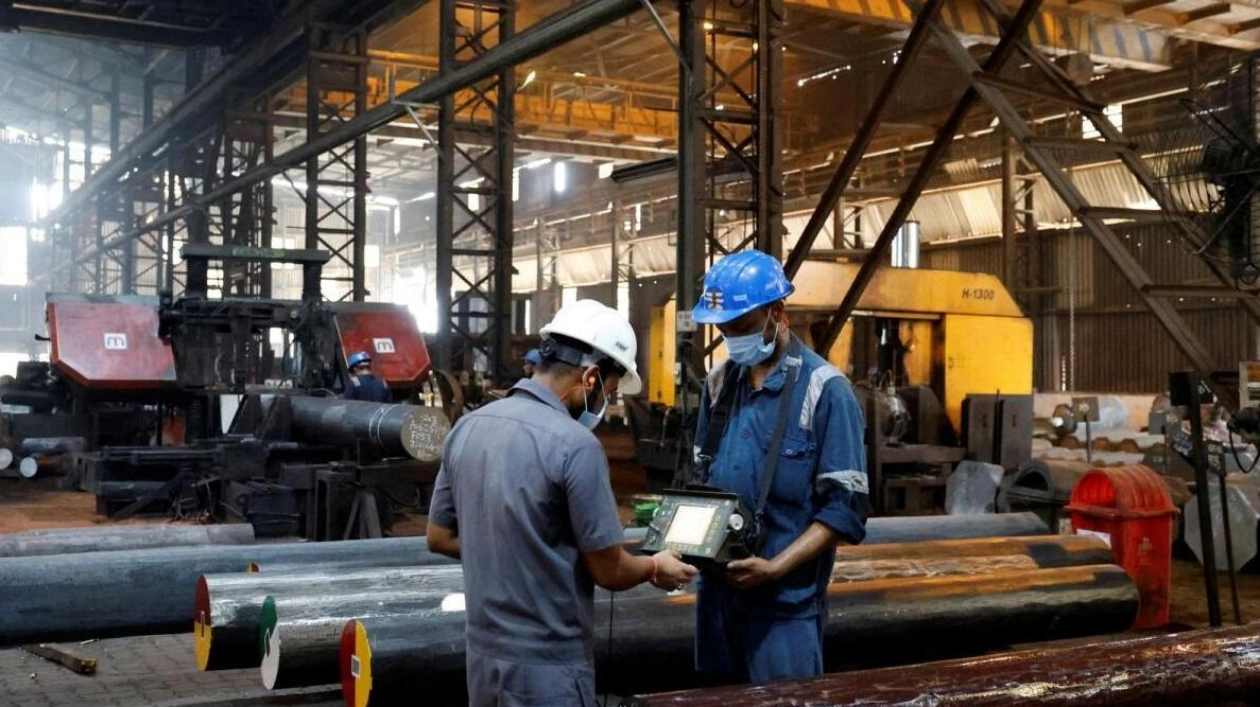India, the fastest-growing major global economy, is poised to add $1 trillion to its GDP every 1.5 years over the next six years, positioning it as the third-largest economy by 2030, according to an IDBI Capital report.
The report forecasts that India will reach a $10 trillion economy by 2032, more than doubling its current GDP size of $4 trillion. The manufacturing sector is expected to play a pivotal role in driving this accelerated growth. Amid this optimistic outlook, Moody’s issued a stark warning that India’s debt to GDP ratio could approach 100% if the government attempts to fill the annual 3.4% of GDP gap in climate mitigation and adaptation by 2030.
Moody’s Ratings highlighted in a September 2023 report that India would spend more than comparable economies, excluding South Africa and Brazil, if it were to address the climate gap. Meanwhile, S&P Global Ratings maintained India's growth forecast at 6.8%, noting the possibility of interest rate cuts by the Reserve Bank of India (RBI) in October. S&P also retained its GDP growth forecast for 2025-26 at 6.9%, attributing India’s strong growth to its ability to manage inflation.
IDBI Capital noted that India’s robust manufacturing sector will contribute 32% to the incremental Gross Value Added (GVA). The report underscores the remarkable acceleration of India's economic growth, with the country reaching $2 trillion in GDP just seven years after hitting the $1 trillion mark and $3 trillion in 2020. Despite the Covid-19 pandemic slowing growth, the report suggests that India is now set for exponential growth.
India is projected to achieve a $10 trillion GDP between 2024 and 2032, driven by strong manufacturing demand, export potential, and supportive government policies, including Production Linked Incentive (PLI) schemes. The report also forecasts that India will surpass major global economies in terms of the Industrial Production Index (IIP), including the US, China, Germany, South Korea, and Japan.
India's export potential is expected to surge, contributing 25% of GDP by 2030, amounting to $2 trillion. Key factors driving this growth include rising domestic demand, global supply chain realignment, high export potential, and a supportive financial ecosystem.






